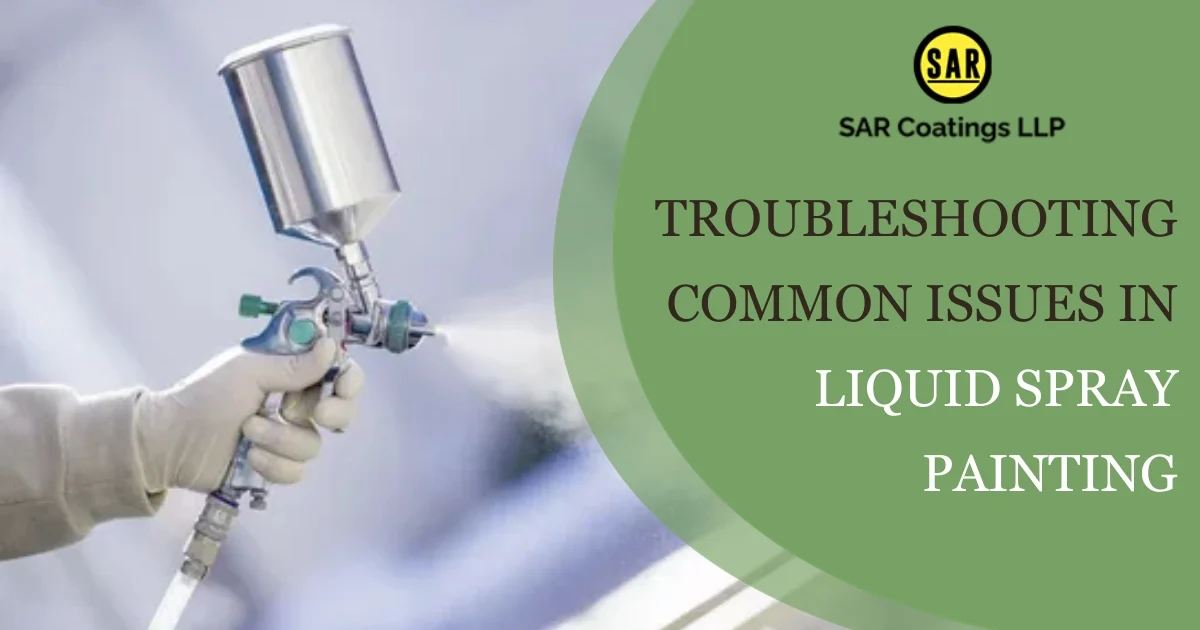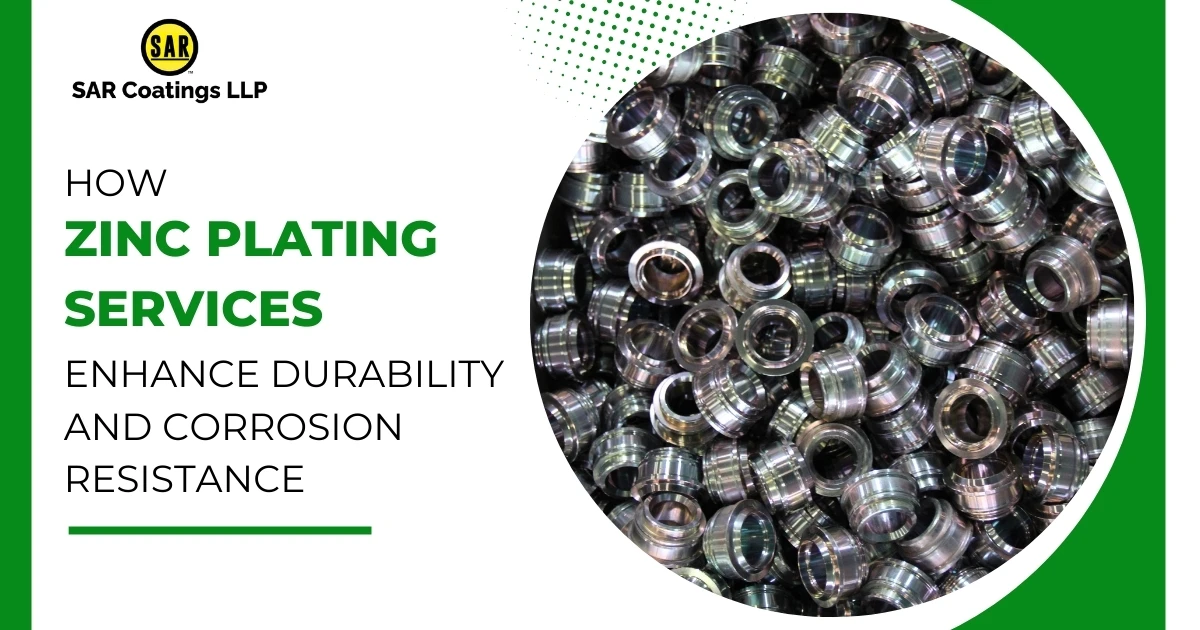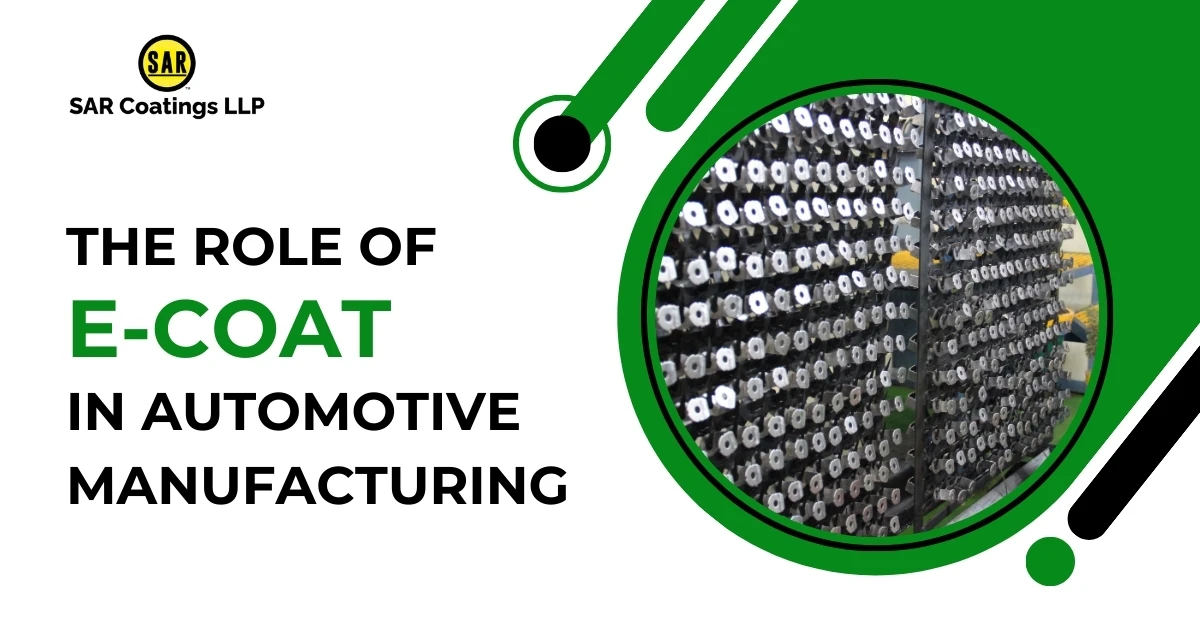
Troubleshooting Common Issues in Liquid Spray Painting
When it comes to applying a smooth, durable finish to metal surfaces, liquid painting stands as a popular choice. However, despite its effectiveness, several challenges can arise during the process, impacting the final quality of the paint job. In this comprehensive guide, we'll delve into the common issues faced in liquid painting on metal and provide actionable solutions to ensure a flawless finish.
Understanding Surface Preparation
The foundation of a successful liquid painting application lies in thorough surface preparation. Cleanliness is paramount; any residual dirt, grease, or rust can jeopardize adhesion and durability. Prioritize degreasing and abrasion to attain a clean, roughened surface that promotes paint adhesion.
Addressing Rust and Corrosion
One of the primary adversaries in metal painting is rust. Before applying any paint, it's crucial to treat and remove existing rust. Various methods, like sandblasting or chemical rust converters, can effectively eliminate rust, ensuring a smoother painting process.
Achieving Proper Paint Adhesion
Poor paint adhesion often results in flaking or peeling of the paint layer. To enhance adhesion, consider using a spray painting service formulated specifically for metal surfaces. These primers create a strong bond between the paint and the metal, significantly reducing the chances of peeling.
Contending with Blisters and Bubbles
Blisters or bubbles on the painted surface can be unsightly and compromise the finish. This issue commonly arises due to moisture entrapment during the painting process. Maintain optimal environmental conditions, ensuring a dry atmosphere free from excessive humidity.
Overcoming Sagging and Runs
Achieving an even coat without drips or runs can be challenging. Proper application techniques play a vital role here. Maintain an optimal distance and speed while spraying to prevent excessive buildup, which can lead to sagging or runs in the paint.
Preventing Orange Peel Texture
The occurrence of an orange peel texture in the painted surface can detract from its aesthetics. Proper adjustment of spray equipment and consistency in paint viscosity can help mitigate this issue, resulting in a smoother finish.
Conclusion
Liquid painting on metal surfaces offers a versatile and effective way to achieve a durable, high-quality finish. However, it's crucial to navigate through the common issues faced during this process. By prioritizing surface preparation, addressing rust, ensuring proper top coat, and mastering application techniques, one can overcome these challenges and achieve impeccable results.
In conclusion, a successful liquid painting endeavour on metal demands meticulous attention to detail and adherence to best practices. By proactively addressing these common issues, one can elevate the quality of the paint job, ensuring longevity and visual appeal.
With these insights and solutions in mind, you're better equipped to navigate the complexities of liquid painting on metal, ensuring a seamless and superior finish every time.



